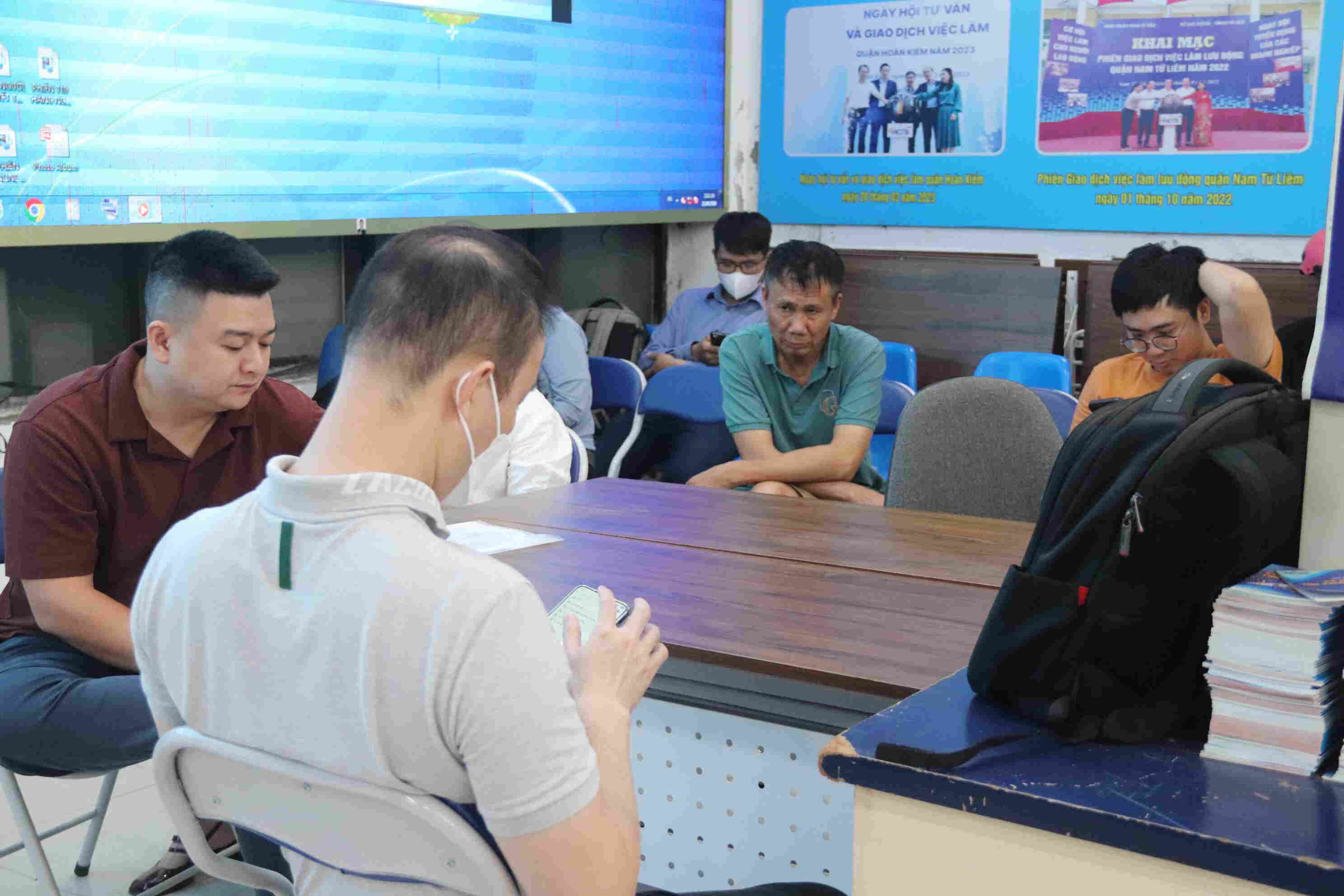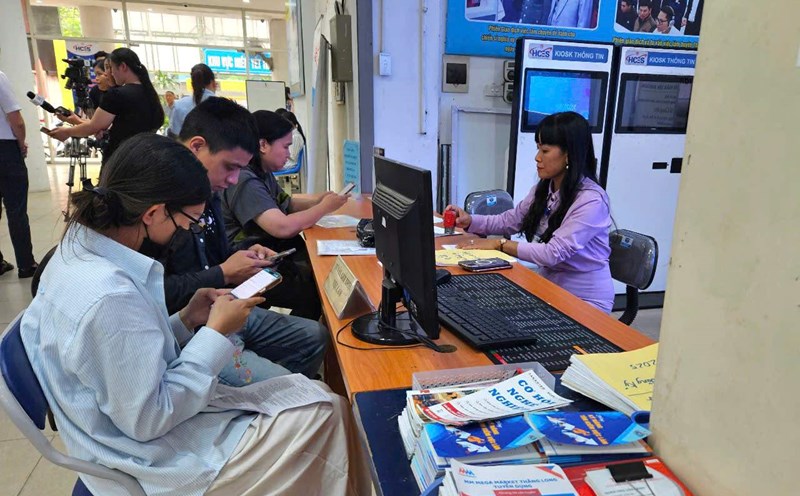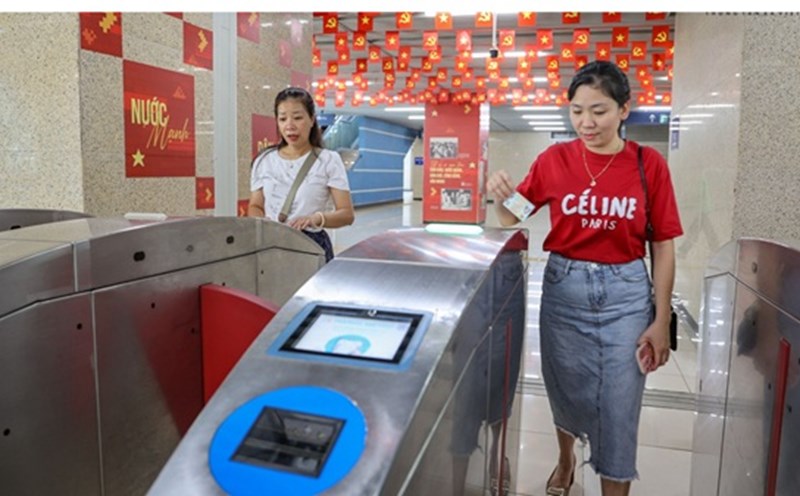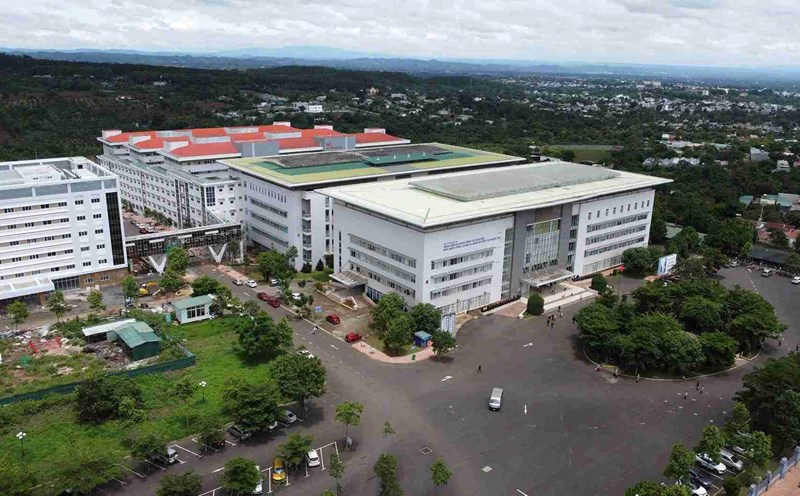The third quarter is often the period when businesses, especially in the manufacturing sector, speed up operations to complete large orders. Therefore, the demand for recruiting workers directly involved in production and unskilled labor in many provinces and cities has also increased sharply. This is considered a favorable time for unemployed workers to seek new job opportunities.

Mr. Nguyen Khac Tung, 24 years old (Ninh Binh), after 3 months of quitting his job at his old company is currently receiving unemployment benefits. When he arrived at the Hanoi Employment Service Center, he was advised and supported by staff to find a job.
"There are many recruitment positions, especially at the end of the year. However, I realized that I needed to learn more skills to have the opportunity to work in a better environment, because the graphics industry I studied in was being affected by the development of virtual assistants, Mr. Tung shared.
According to data from the labor - employment survey in the second quarter of 2025, the unemployment rate among young people in Hanoi is currently at 7.7%, lower than the national rate of 8.2%.
Explaining the reason, Mr. Vu Quang Thanh - Deputy Director of the Hanoi Employment Service Center - said that the gap between training and the actual needs of businesses is still quite large. Many young people after graduation do not meet the requirements for professional skills, foreign languages, technology as well as soft skills.
In addition, many cases lack career orientation and choose unsuitable majors. However, the recovery and growth of the labor market in the third quarter are creating a solid foundation, promising a prosperous end-of-year period for both businesses and workers.
Therefore, young workers need to proactively cultivate foreign languages, digital skills, creative thinking and soft skills, especially in the context of rapidly developing technology in fields such as artificial intelligence and big data.
It can be seen that the year-end job market opens up many opportunities but also poses many challenges for young workers. Proactively equipping new skills, knowledge and adapting to technological changes not only helps workers increase competitiveness but also contributes to narrowing the gap between training and the actual needs of businesses.











